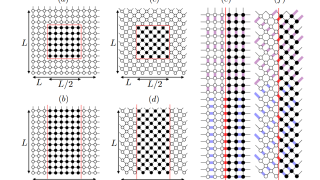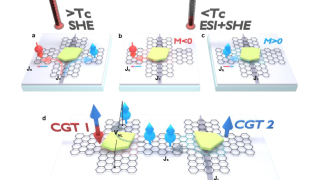
The role of entanglement in quantum phase transitions
In a recent research, Jonathan D’Emidio and Anders W. Sandvik studied a property of quantum systems called Rényi entanglement entropy (EE) in a specific two-dimensional quantum spin model known as the J-Q model . This model is significant because it describes a type of deconfined quantum criticality , which occurs at a phase transition between […]








